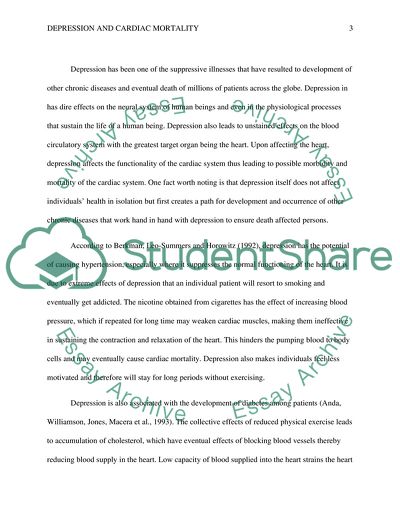Depression and cardiac mortality Coursework Example | Topics and Well Written Essays - 500 words. Retrieved from https://studentshare.org/health-sciences-medicine/1587501-depression-and-cardiac-mortality
Depression and Cardiac Mortality Coursework Example | Topics and Well Written Essays - 500 Words. https://studentshare.org/health-sciences-medicine/1587501-depression-and-cardiac-mortality.


